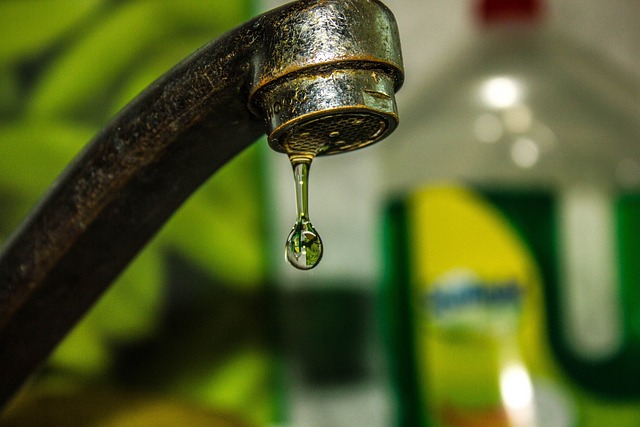A successful kitchen remodel hinges on efficient drainage systems, often overlooked but crucial. Consulting kitchen plumbing services during planning stages is essential to address existing drain issues and ensure smooth operations. Proper drain installation impacts functionality and aesthetics, with professionals assessing plumbing layouts, choosing the right drains (traditional, adjustable, integrated), and providing a detailed DIY guide or expert services for installation. Regular maintenance, including testing water flow, cleaning, and inspections, extends drain lifespan. Avoiding common mistakes like improper layout assessment or wrong drain size ensures optimal performance and future cost savings. Kitchen plumbing services experts offer specialized knowledge, precise craftsmanship, and adherence to building codes, resulting in a functional, aesthetically pleasing kitchen that endures.
Looking to revolutionize your kitchen remodel? Proper drain installation is key to preventing post-renovation headaches. This comprehensive guide explores every aspect, from understanding intricate drainage systems and assessing your plumbing layout, to choosing the perfect drain type and mastering installation yourself or enlisting professional kitchen plumbing services. Learn best practices, avoid common mistakes, and ensure a smooth, functional kitchen drain that complements your new look.
Understanding Kitchen Drainage Systems: A Foundation for Remodel Success
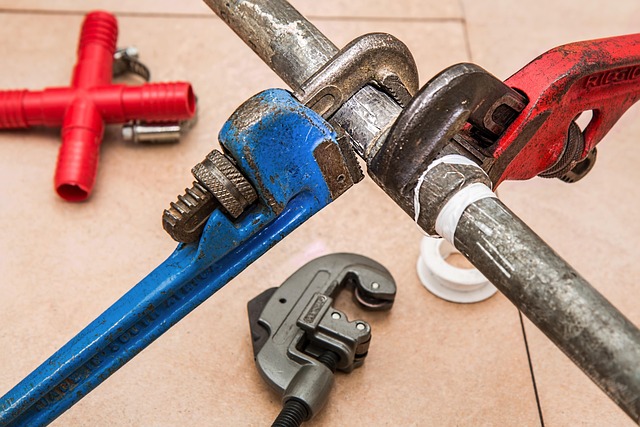
The success of a kitchen remodel hinges on effective drainage systems, a crucial aspect often overlooked until it becomes a costly problem. Understanding kitchen drainage is fundamental for any homeowner embarking on a renovation project. A well-designed drainage system ensures water and waste are efficiently removed from the workspace, keeping the area dry, safe, and functional.
When planning a remodel, consult with professional kitchen plumbing services to assess existing drains and pipes. They can identify potential issues like clogged pipes, inadequate slope, or outdated systems that may require replacement. By addressing drainage early on, you prevent future disruptions and ensure your new kitchen remains a model of efficiency and hygiene.
Assessing Your Kitchen's Plumbing Layout for Effective Drain Installation

When planning a kitchen remodel, proper drain installation is crucial for both functionality and aesthetics. The first step in this process involves assessing your kitchen’s plumbing layout. Engaging reliable kitchen plumbing services ensures expert knowledge of these intricate systems. They will carefully inspect existing pipes, sinks, and fixtures to determine the best placement for new drains, considering factors like water flow, slope, and distance to waste lines.
By understanding the unique layout of your kitchen, professionals can guarantee efficient drainage, prevent clogs, and reduce the risk of water damage. This meticulous assessment is key to ensuring a seamless remodel and a long-lasting, effective drain system tailored to your kitchen’s specific needs.
Types of Kitchen Drains: Choosing the Right Fit for Your Remodel
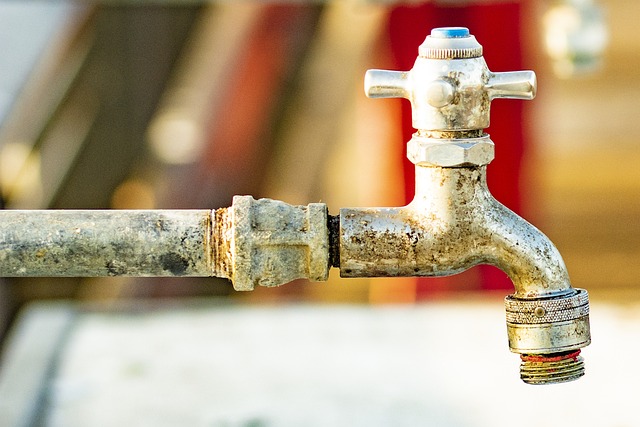
When remodeling your kitchen, choosing the right drain is essential for both functionality and aesthetics. There are several types of kitchen drains available in the market today, each with unique features to cater to different needs. Traditional drains, also known as standard or drop-in drains, are the most common. They sit flush with the countertop and offer a sleek look, making them ideal for modern kitchens. For those seeking something more versatile, adjustable height drains provide flexibility, allowing you to customize the drain’s position to suit various sinks and countertops.
Another popular option is the integrated or built-in drain system. These are seamlessly incorporated into the kitchen design, often hidden beneath custom cabinetry or quartz countertops, providing a minimalist appearance. Integrated drains are perfect for homeowners who prioritize a clean, contemporary look. When selecting a kitchen drain, consider factors like material (stainless steel, bronze, or brass), drainage capacity, noise level, and ease of cleaning. Engaging reputable kitchen plumbing services can ensure you find the perfect drain that aligns with your remodel vision and meets all necessary functional requirements.
Step-by-Step Guide to Installing a New Kitchen Drain

Installing a new kitchen drain is a crucial part of any renovation project, and it’s an excellent way to enhance your kitchen’s functionality and aesthetics. Here’s a straightforward step-by-step guide for DIY enthusiasts or those seeking to understand the process before hiring kitchen plumbing services.
Begin by gathering the necessary tools and materials: pipes, fittings, a new drain, pliers, a wrench, and possibly a water leak detector. Turn off your kitchen’s water supply to avoid any accidents during installation. Next, remove the old drain by unscrewing it from the sink basin or counter. Carefully separate the pipe connections, cleaning them as you go to ensure proper sealing. Fit the new drain into place, ensuring all parts align correctly. Secure it with the provided bolts and tighten using a wrench. Reattach the pipes, tightening them at each connection point to prevent leaks. Once everything is in place, turn on the water supply and test the drain’s functionality.
Best Practices and Tips for Seamless Post-Installation Drain Functionality

After installing a new kitchen drain, proper setup and maintenance are key to ensuring seamless functionality. Begin by testing the water flow immediately after installation to verify that drainage is unobstructed. Utilize kitchen plumbing services for regular cleaning and maintenance to prevent clogs and ensure optimal performance.
Additionally, consider the following best practices: utilize high-quality materials that withstand everyday wear and tear; install drain covers to prevent hair and debris buildup; and keep a kit of necessary tools handy for quick repairs. Regular inspection and proactive care will contribute to a longer lifespan and minimize disruptions during your kitchen remodel project.
Common Mistakes to Avoid During Kitchen Drain Installation
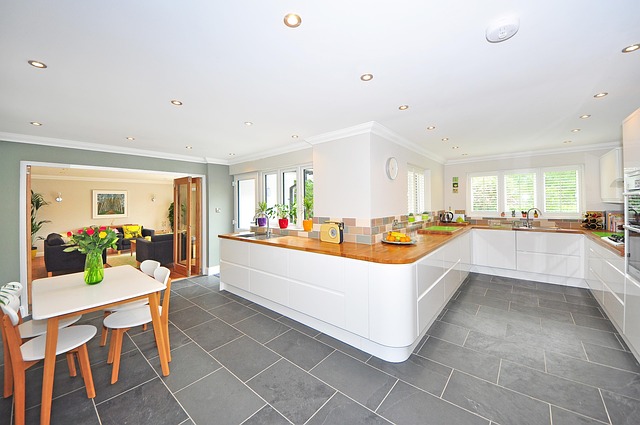
When tackling a kitchen remodel, proper drain installation is crucial for both functionality and future savings. Common mistakes in this process can lead to costly repairs and ongoing issues. One frequent error is failing to assess the existing plumbing layout, which may require adjustments to fit new drains seamlessly. Improper measurements or ignoring the need for additional bends or slopes can result in water logging and clogs.
Another mistake is selecting the wrong drain size or type without considering kitchen usage patterns. Heavy traffic areas demand larger drainage capacities, while smaller kitchens might suffice with standard drains. Ignoring these variables could lead to slow draining or even damage from excess water pressure. Kitchen plumbing services professionals emphasize the importance of customization and precision to avoid such pitfalls.
The Role of Professional Kitchen Plumbing Services in a Successful Remodel
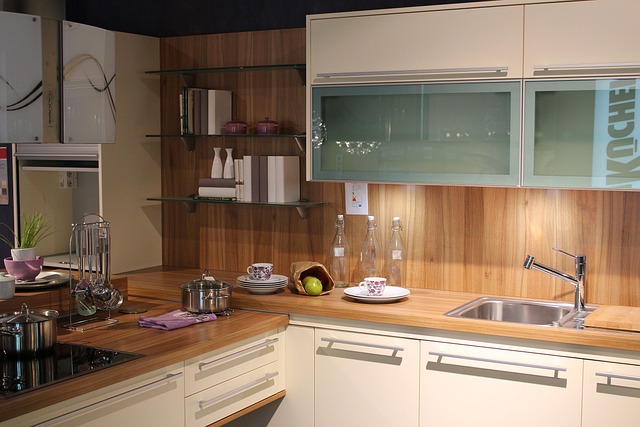
When embarking on a kitchen remodel, turning to professional kitchen plumbing services can make all the difference in ensuring a successful and smooth renovation process. These experts are well-versed in navigating the intricate plumbing systems required for modern kitchens, from installing efficient drainage systems to integrating advanced water supply networks. Their expertise is invaluable when it comes to meeting the specific needs of each unique remodel, ensuring that every fixture and appliance functions optimally.
Professional kitchen plumbers offer a range of benefits. They possess the specialized knowledge and tools to handle complex plumbing tasks, such as routing pipes behind walls or under floors, installing water heaters, and connecting disposals and sinks. By employing their services, homeowners can expect precise measurements, quality craftsmanship, and adherence to local building codes, resulting in a functional and aesthetically pleasing kitchen that stands the test of time.
